
The following is a detailed introduction to the major companies in the global flow battery field, covering core players in Europe, the United States, Japan, South Korea, and China, including technology routes, market positioning, and key operating data:
Comparison table of major global flow battery companies
| Company Name | nation | Year of Establishment | Staff size | Sales in 2023 | Cumulative financing amount | Core technology route | Core Competitive Advantages | Representative Projects |
| Dalian Rongke | China | 2008 | About 1,200 people | $480 million | Unknown | All-vanadium redox flow battery (VRFB) | The world's largest vanadium electrolyte production capacity (100,000 cubic meters/year) | Xinjiang Hami 200MW/800MWh Project (2023) |
| VRB Energy | China | 2008 | About 600 people | $230 million | $320 million | All-vanadium redox flow battery (VRFB) | Patented ion membrane technology (efficiency>82%) | Hubei Zaoyang 10MW/40MWh Project (2022) |
| ESS Inc. | USA | 2011 | About 300 people | $28 million | $560 million | Iron-chromium flow battery | The only company to achieve commercial mass production of iron-based flow batteries | 6MW/48MWh project in Menlo Park, California (2023) |
| Form Energy | USA | 2017 | About 450 people | R&D stage | $980 million | Iron-air flow battery | Lowest theoretical cost ($20/kWh) | 1MW test system in West Virginia (2024 plan) |
| Invinity Energy Systems | U.K. | 2020 | About 200 people | $62 million | $120 million | All-vanadium redox flow battery (VRFB) | Modular container design (deployment cycle < 3 months) | Scotland 50MWh frequency regulation energy storage project (2023) |
| Sumitomo Electric | Japan | 1897 | About 280,000 people | Flow battery sector unknown | Internal investment leads | All-vanadium redox flow battery (VRFB) | The battery stack life exceeds 25 years (verified by 20,000 cycles) | Hokkaido, Japan 15MW/60MWh project (2022 expansion) |
| VoltStorage | Germany | 2016 | About 150 people | Unknown | $34 million | Iron-salt flow battery | The world's only residential flow battery system (5-30kWh) | 200 household systems in Bavaria, Germany (2023) |
| Redflow | Australia | 2005 | About 80 people | $18 million | $110 million | Zinc-bromine flow battery | High temperature resistance (stable operation at 45°C) | South African mining company 10MWh off-grid project (2023) |
| StorEn Technologies | USA | 2012 | About 50 people | Unknown | $27 million | All-vanadium redox flow battery (VRFB) | Ultra-thin stack design (volume reduced by 40%) | New York State Community Microgrid 2MWh Project (2023) |
| Pangang Group | China | 1965 | About 20,000 people | Vanadium product revenues of $1.5 billion | Not disclosed separately | Vanadium electrolyte supplier | The world's largest vanadium resource integrator (Panxi vanadium-titanium magnetite mine) | Supply 50% of vanadium electrolyte to the industry annually (2023) |
In-depth analysis of regional competition landscape
1. Chinese companies: vertical integration crushes
Capacity control: Dalian Rongke + Beijing Puneng account for 70% of the global vanadium liquid flow battery production capacity, and the combined shipment volume will reach 1.2GWh in 2023
Cost advantage: Relying on the raw material support of Vanadium Titanium Co., Ltd., the cost of electrolyte is 40% lower than that in Europe and the United States
Policy support: enjoy 15% corporate income tax exemption and equipment purchase subsidy (up to 5 million yuan/project)
2. European and American companies: Breakthrough through technological differentiation
Technical route: ESS focuses on the iron-chromium system to avoid dependence on vanadium resources, and Form Energy innovates the iron-air route to achieve ultra-low cost
Capital operation: ESS raised $250 million through SPAC listing, Form Energy received investment from top institutions such as Breakthrough Energy
Scenario innovation: Invinity develops an "energy storage as a service" model, allowing users to enjoy peak-valley electricity price arbitrage without purchasing equipment
3. Japanese and Korean companies: Focus on technology exports
Patent layout: Sumitomo Electric holds 387 core patents for liquid flow batteries and charges Chinese manufacturers a licensing fee of US$5 per kWh
Local application: Japan revised the Energy Storage Technology Roadmap in 2023, requiring flow batteries to account for 30% of long-term energy storage installed capacity by 2030
Key data insights
Cost reduction curve: The cost of all-vanadium liquid flow battery system has dropped from 600/kWh in 2018 to 600/kWh in 2023 to 350/kWh in 2023, a decrease of 42%.
Capacity expansion speed: China's new flow battery capacity will reach 2.4GWh in 2023, exceeding the total of other regions in the world
Resource control: China controls 67% of the world's vanadium production. The U.S. Department of Energy has included vanadium in the "critical minerals list" to restrict exports.
Future competition focus
Convergence of technical routes: Cost balance point of all-vanadium system vs. iron-based system (current critical value: energy storage time > 8 hours, iron-based system is dominant)
Standard-setting power: the game between the IEC flow battery standard (TC 21) led by China and the UL certification system in Europe and the United States
Resource competition: Global vanadium trading volume surges 230% in 2023, and the United States accelerates the development of Alaska vanadium mines (estimated reserves of 4.5 million tons)
The essence of global competition in the flow battery industry is a three-dimensional contest between technology route selection, resource control capabilities and business ecosystem construction. In this competition that determines the future energy storage landscape, no single player can dominate the market, but companies with a complete industrial chain and scenario implementation capabilities have already gained a first-mover advantage.
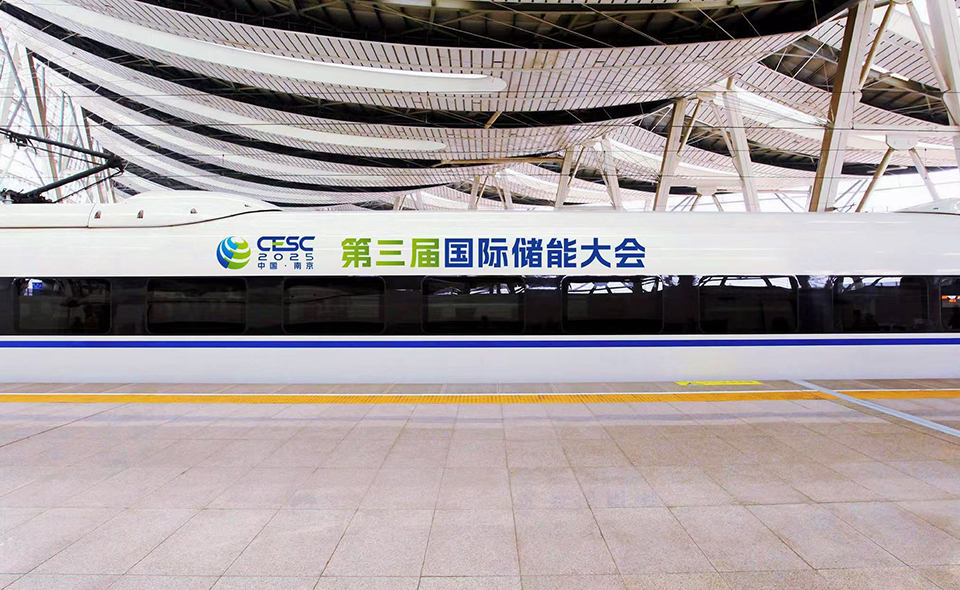
Latest News

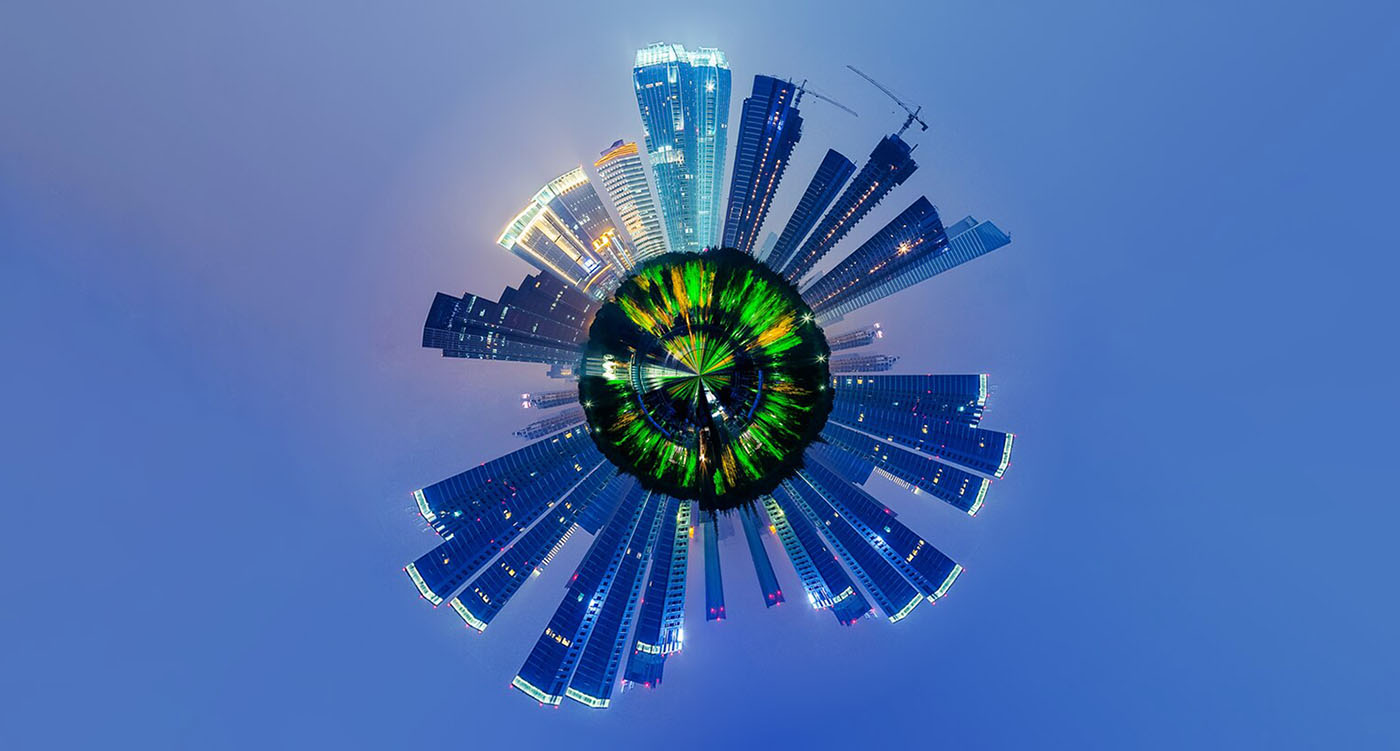
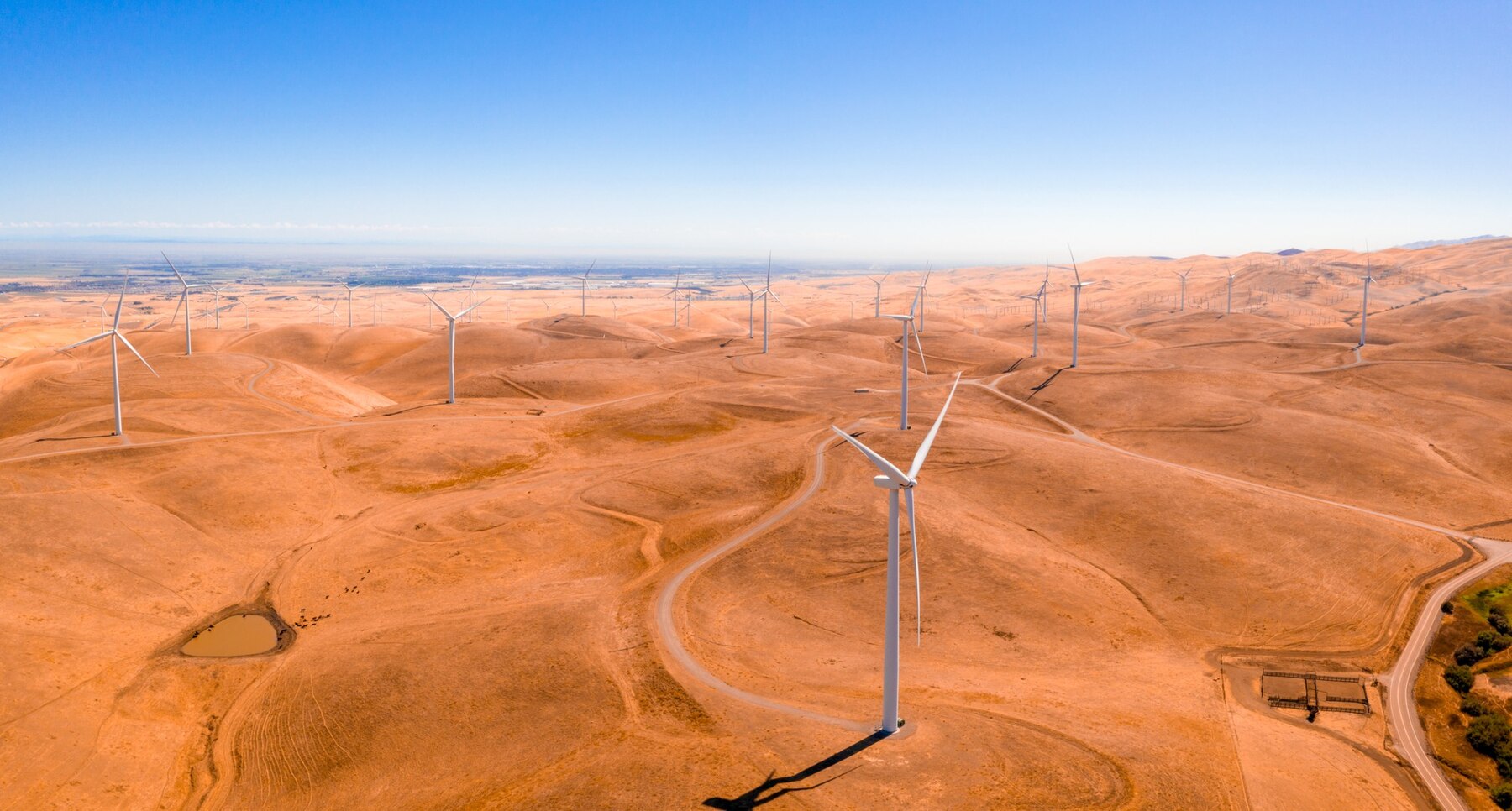

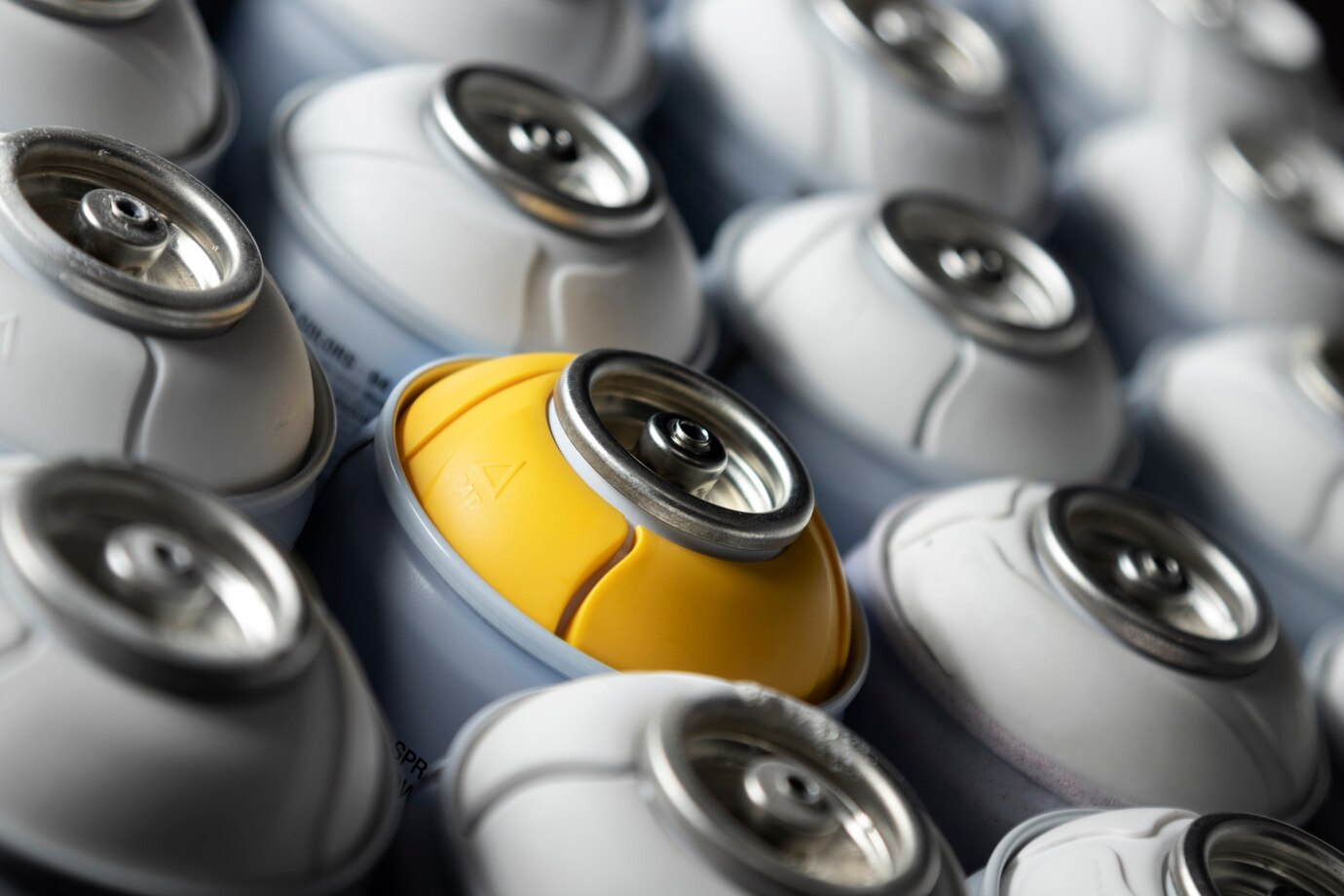

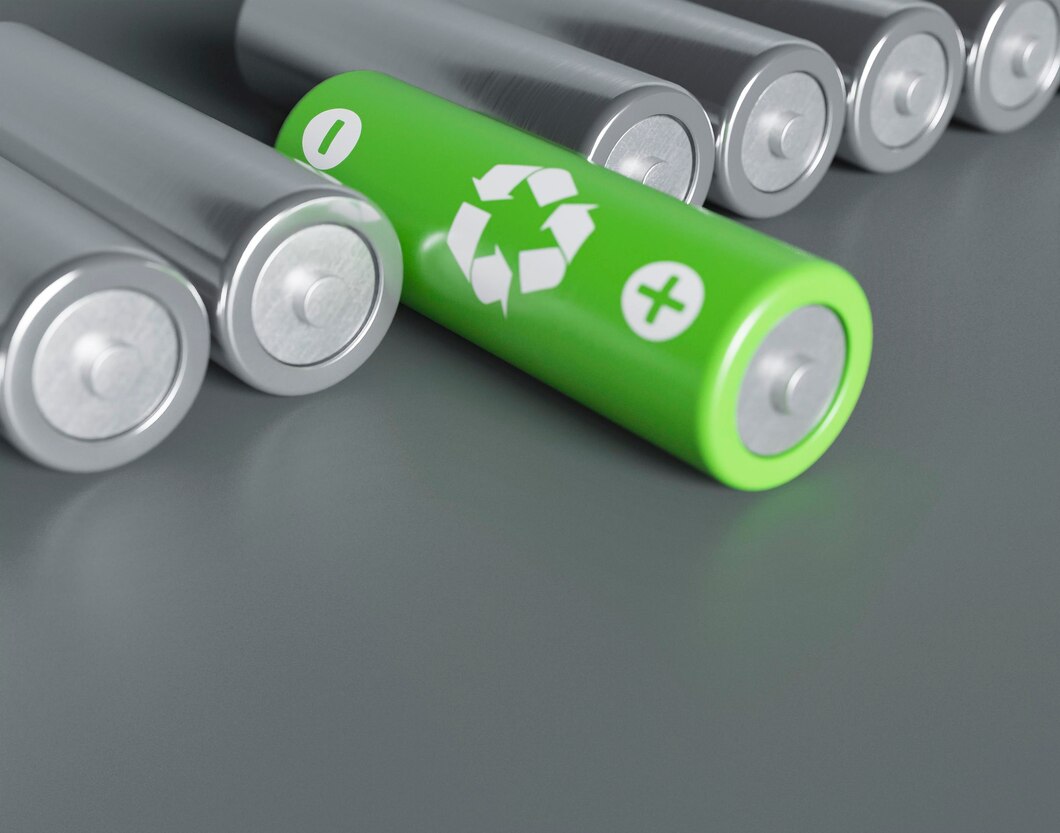
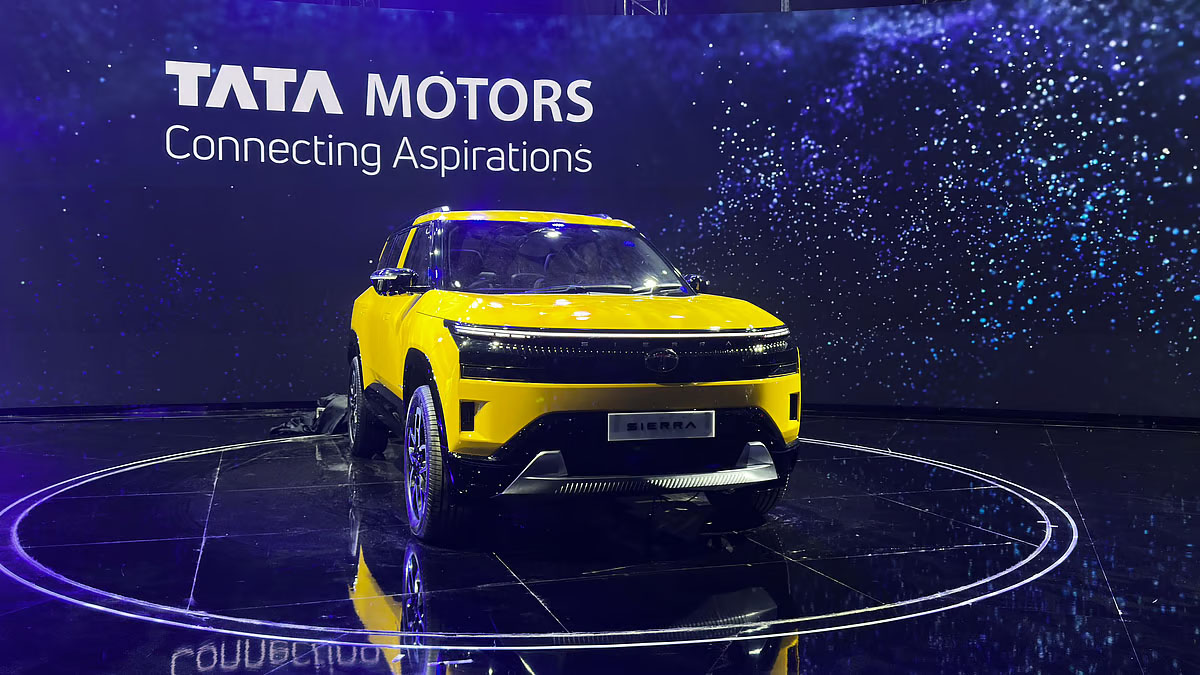
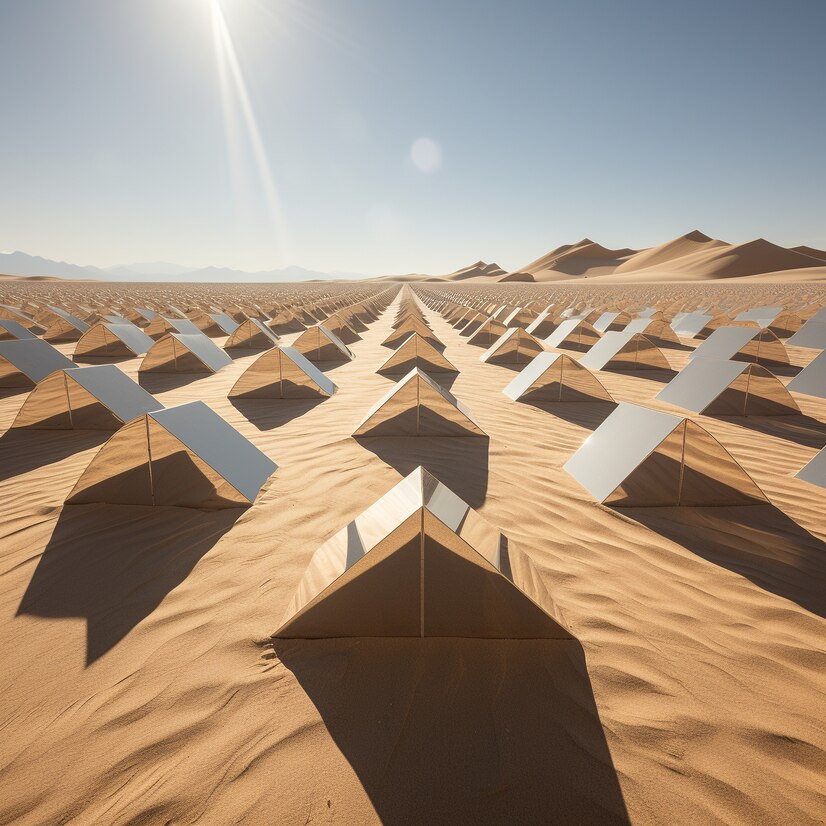
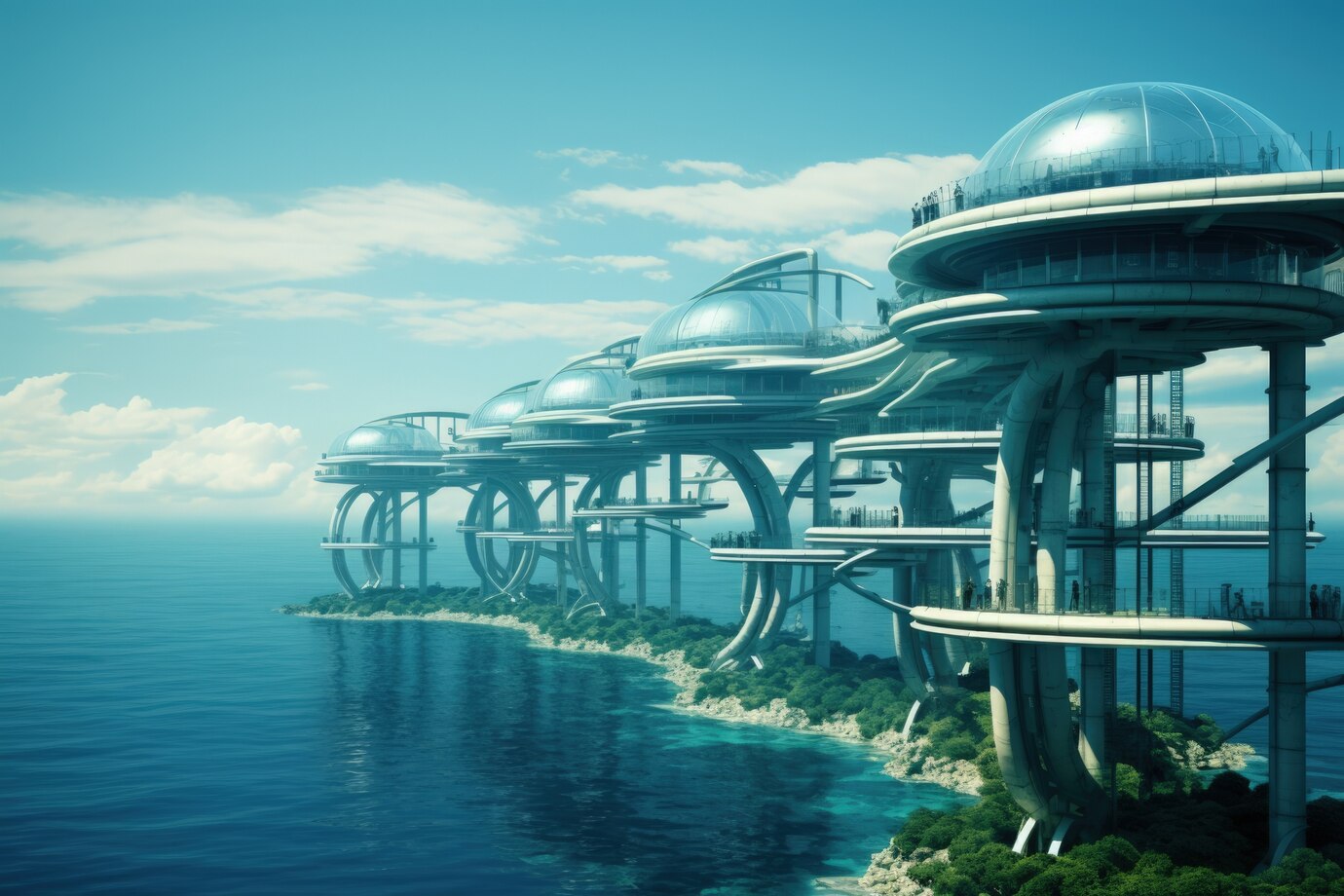

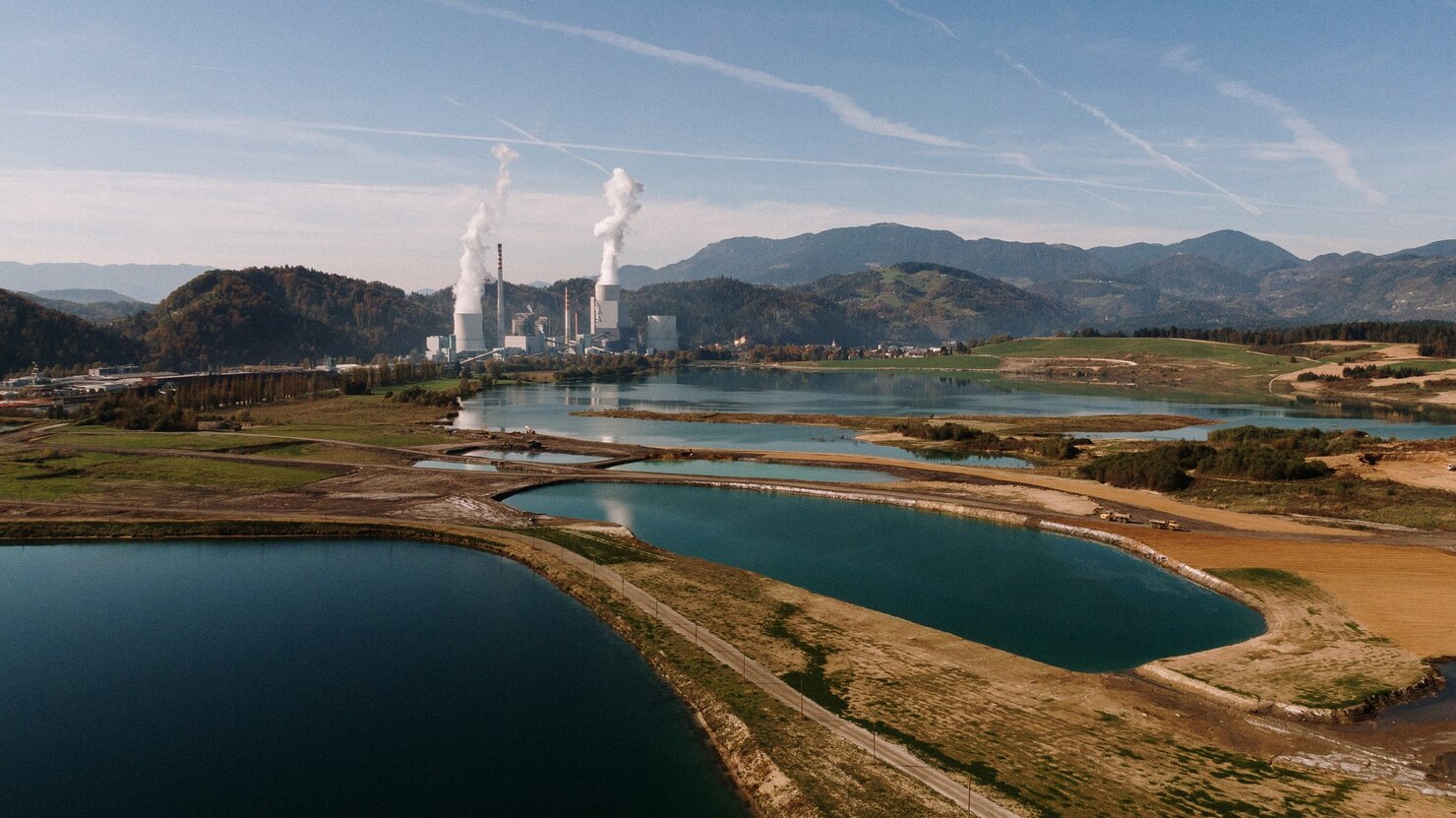
Ms. Liu +86 132 6100 0097

协办单位:全国工商联新能源商会、电力规划设计总院
支持单位:江苏省发展和改革委员会、江苏省工业和信息化厅、江苏省商务厅
国网江苏省电力有限公司
国际支持:欧洲储能行业协会、德国智能城市交通协会
承办单位:创能国际会展服务(江苏)有限公司、东浩兰生会展集团股份有限公司
溧阳深水科技咨询有限公司



